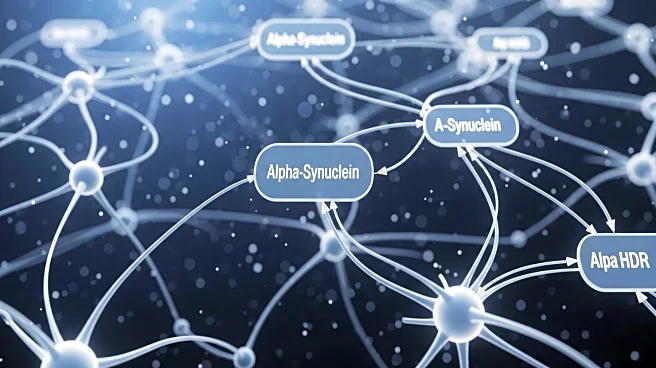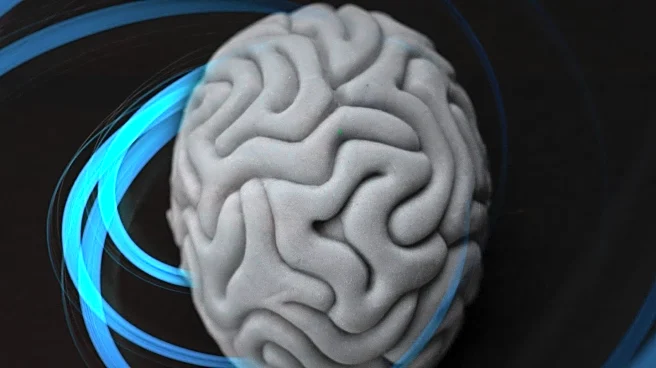What's Happening?
An international study has uncovered how the brain switches communication pathways between recalling old memories and processing new experiences. Led by researchers at the Institute for Cross-Disciplinary Physics and Complex Systems and the Institute for Neurosciences, the study found that the brain modulates the balance between two inhibitory circuits to change its communication routes. This flexibility allows the brain to prioritize either memory reactivation or the integration of new sensory inputs. The findings, published in PLoS Computational Biology, were derived from computational models and experimental recordings in the hippocampus, a region crucial for memory and navigation.
Why It's Important?
This research provides a deeper understanding of how the brain processes information, which could have implications for cognitive science and neurological disorders. By elucidating the mechanisms behind memory and sensory integration, the study offers potential pathways for developing treatments for conditions like epilepsy, addiction, and Alzheimer's disease. The ability to flexibly switch between memory and novelty processing is essential for learning and adaptation, highlighting the brain's complex and dynamic nature. These insights could inform therapeutic strategies and enhance our understanding of cognitive functions such as attention and decision-making.
What's Next?
The researchers plan to expand their model to include a greater diversity of neuronal types and architectures specific to each brain region. This could lead to a better understanding of how these communication pathways are altered in various pathologies. Future studies may also explore the application of these findings to other cognitive functions, potentially inspiring new therapeutic interventions. The ongoing research aims to unify different perspectives on brain rhythm interactions, providing a comprehensive framework for understanding brain dynamics.










